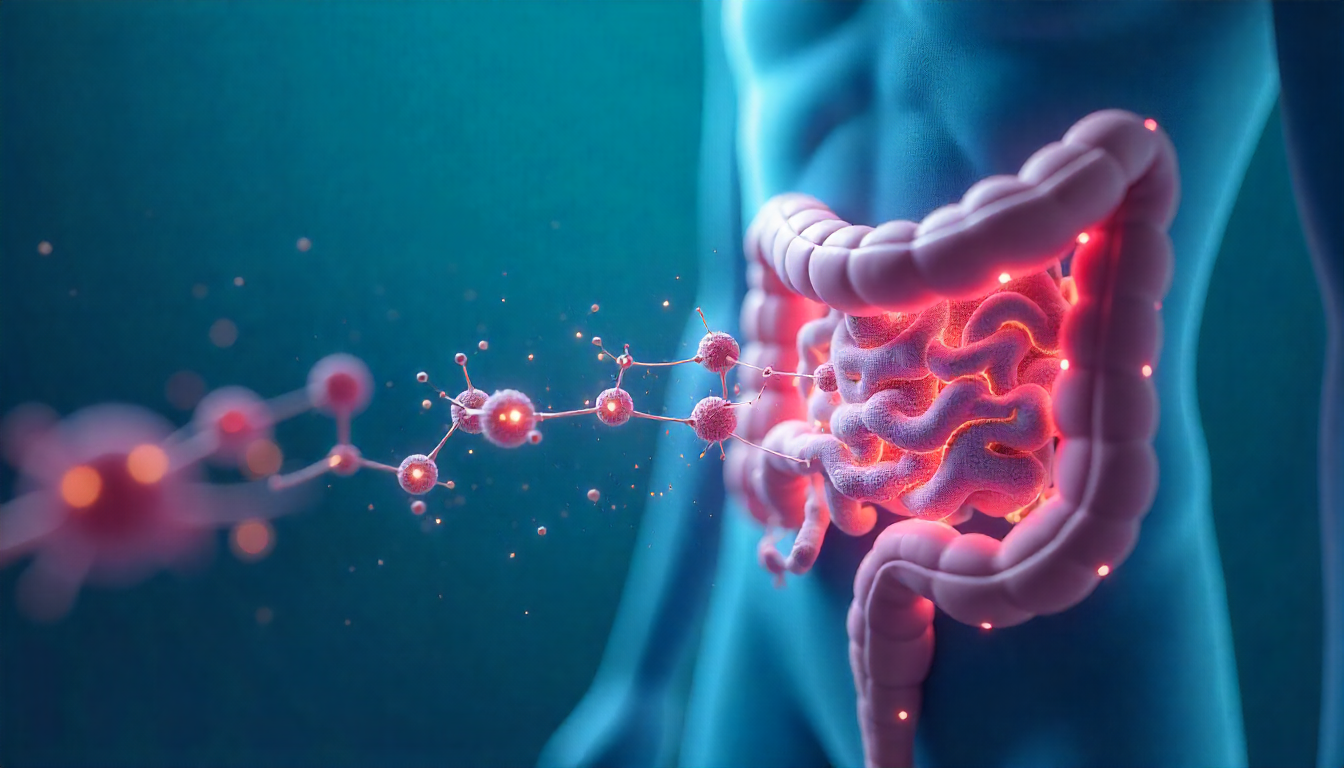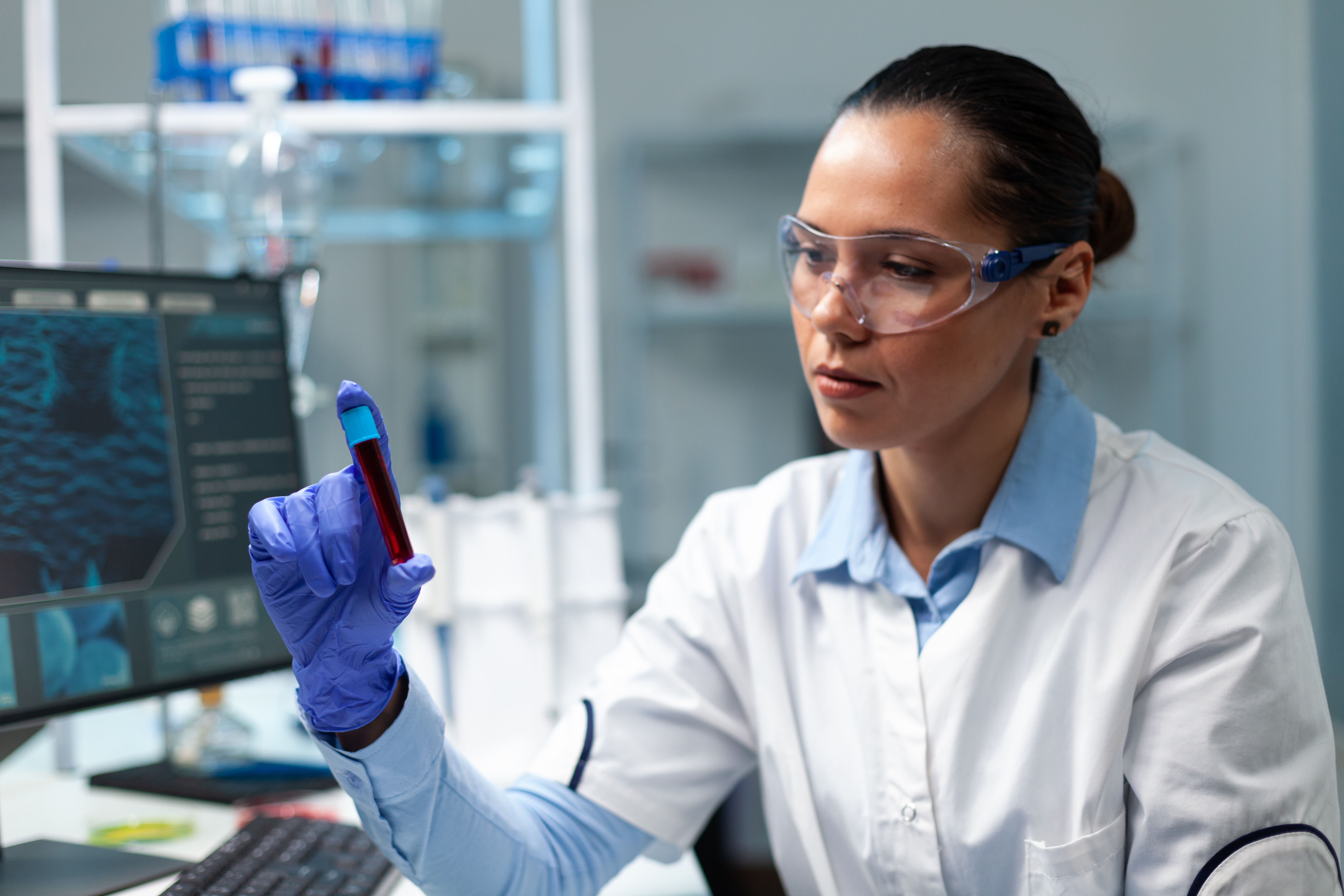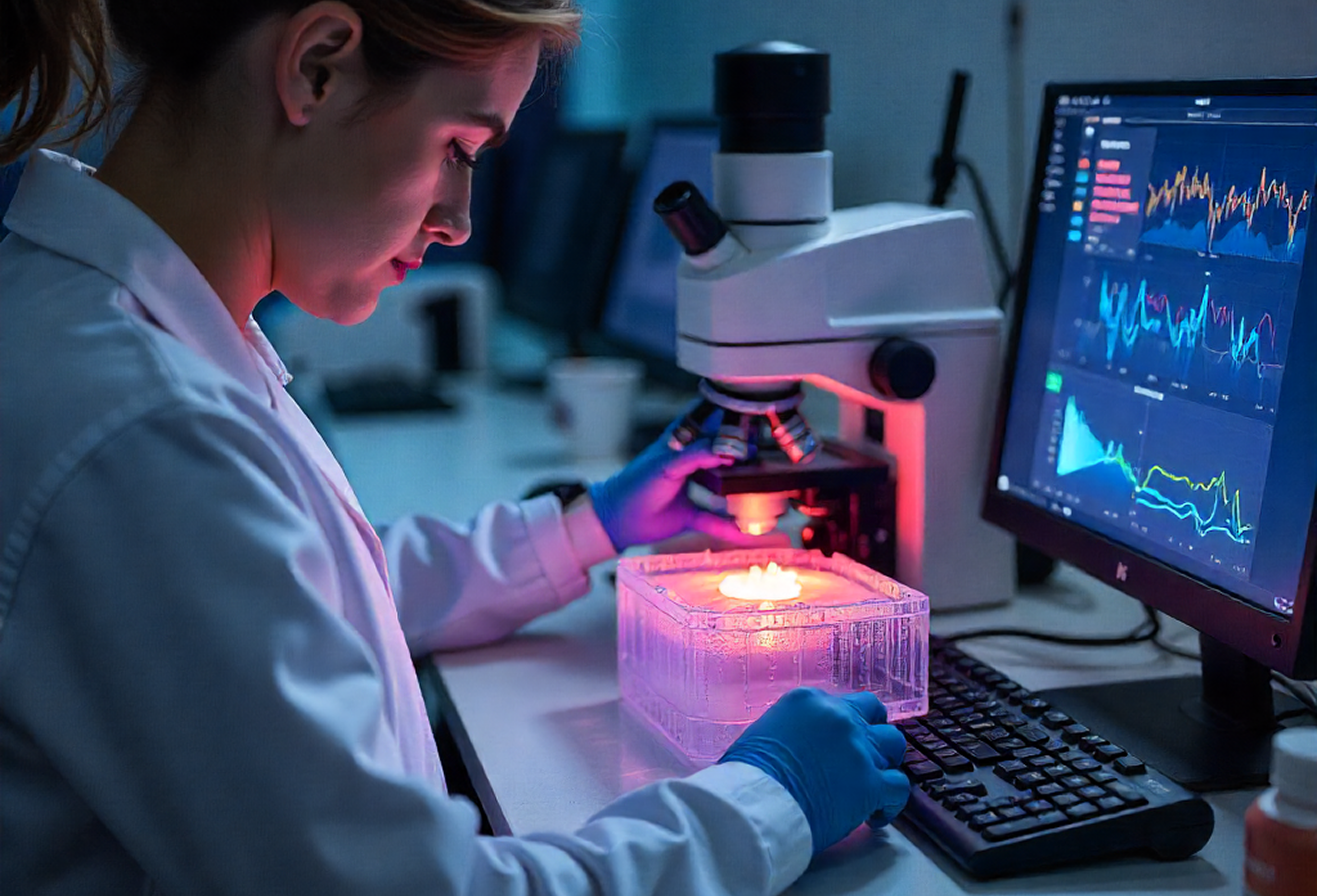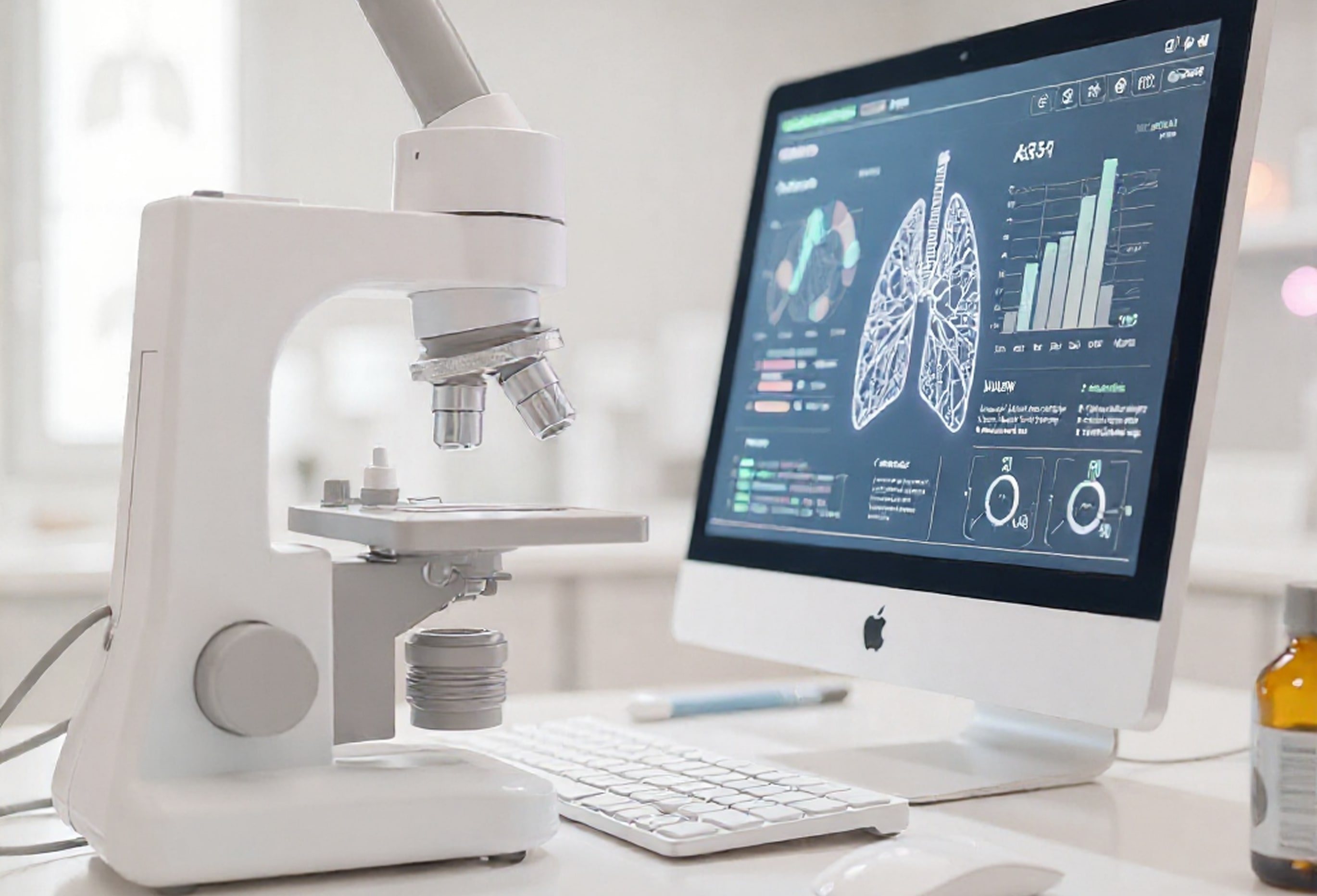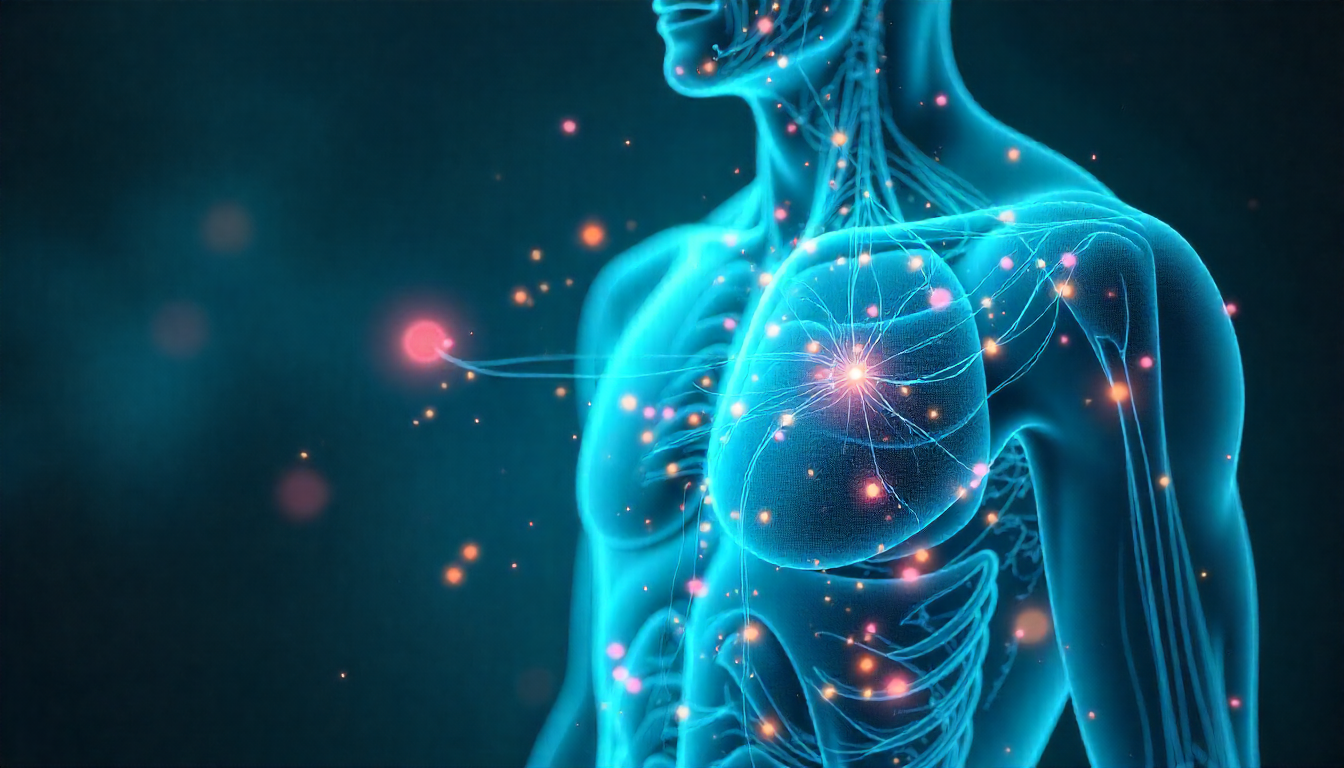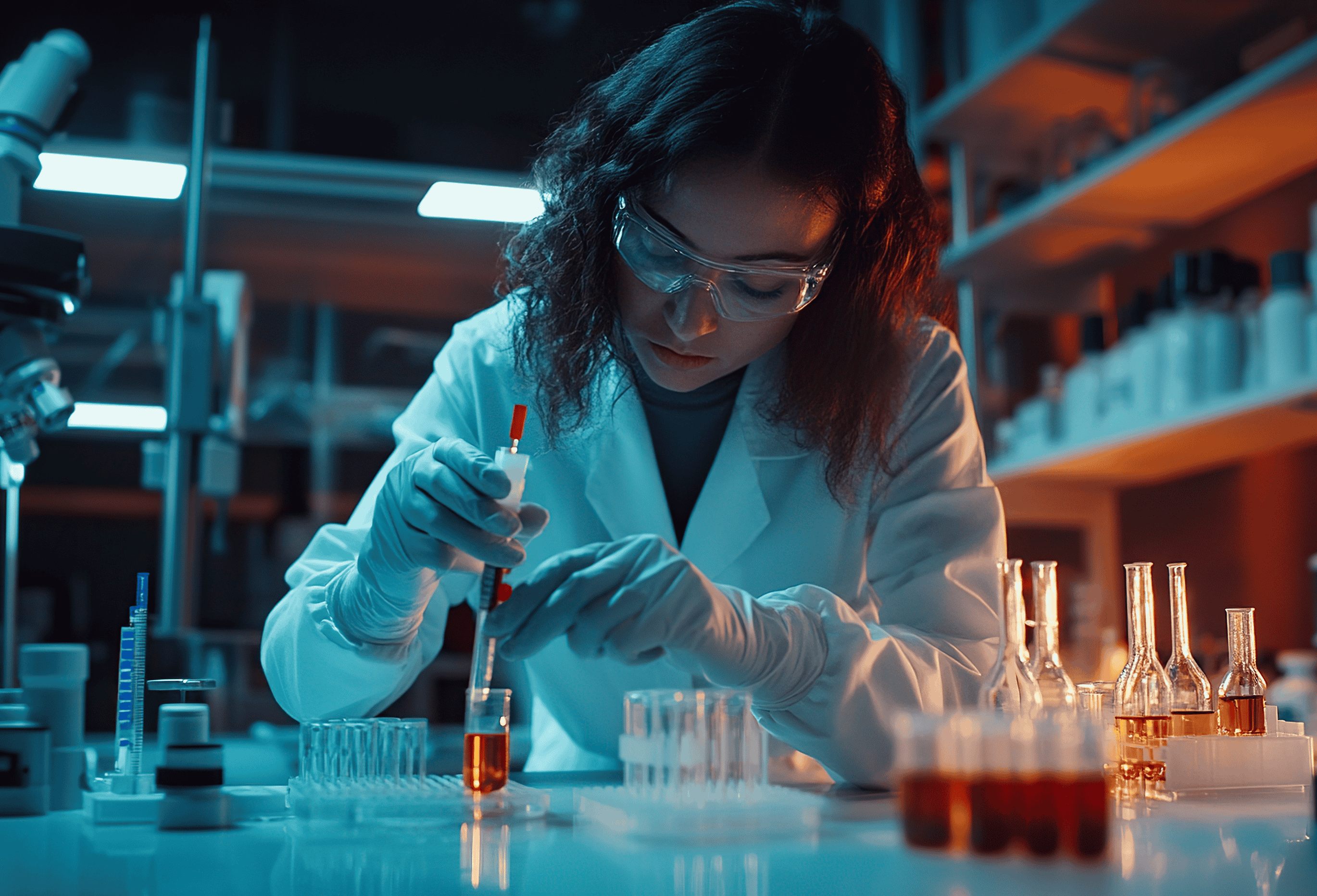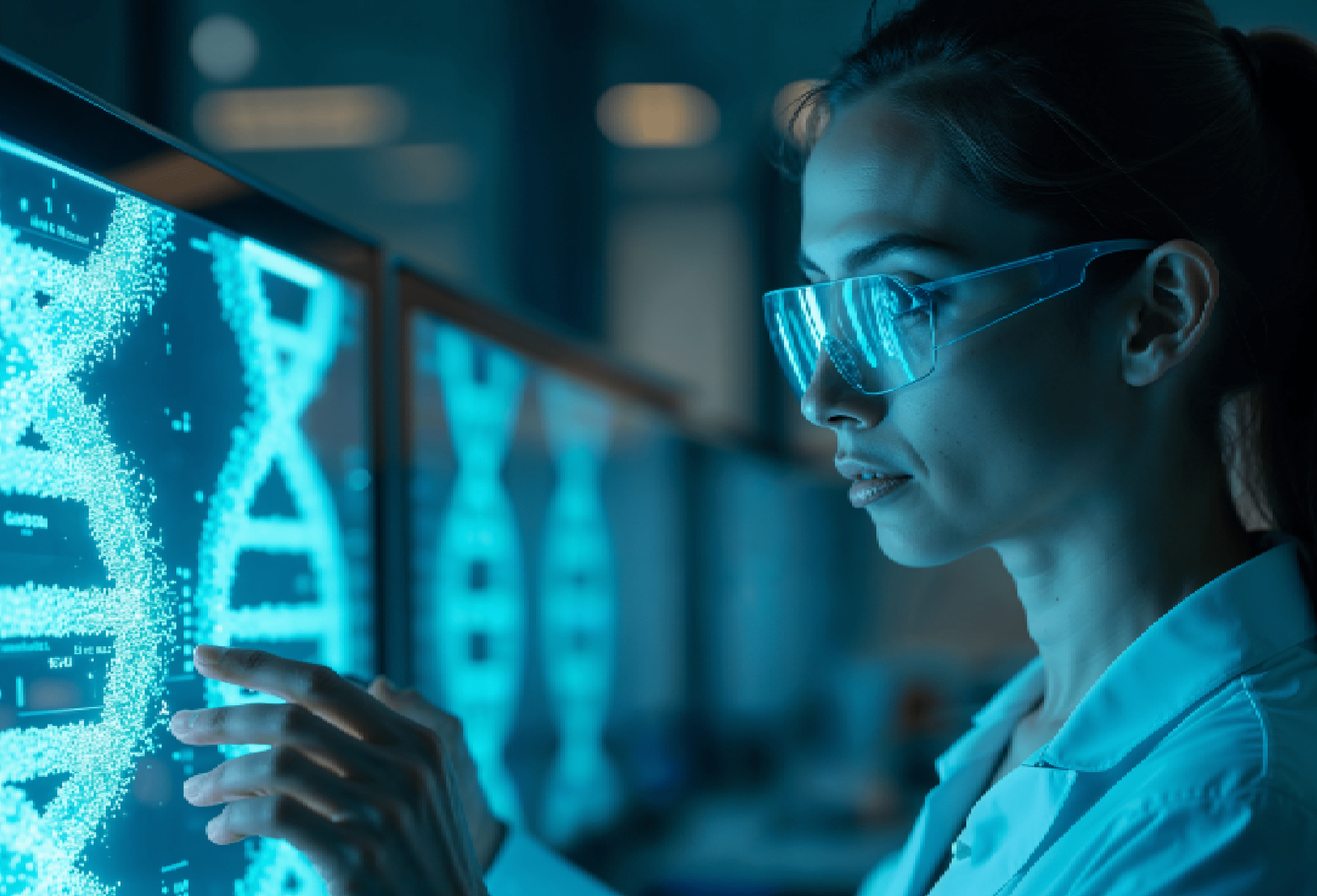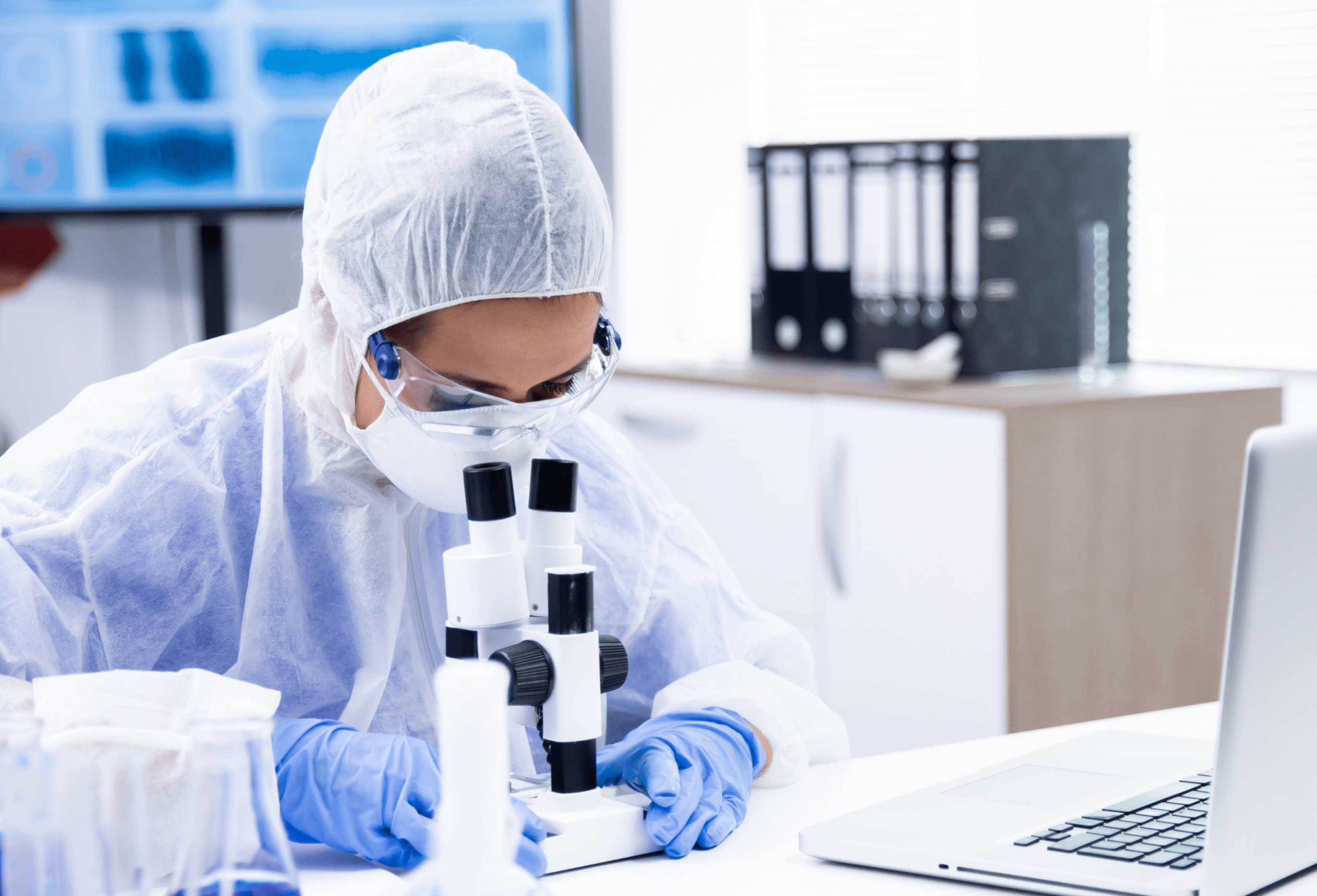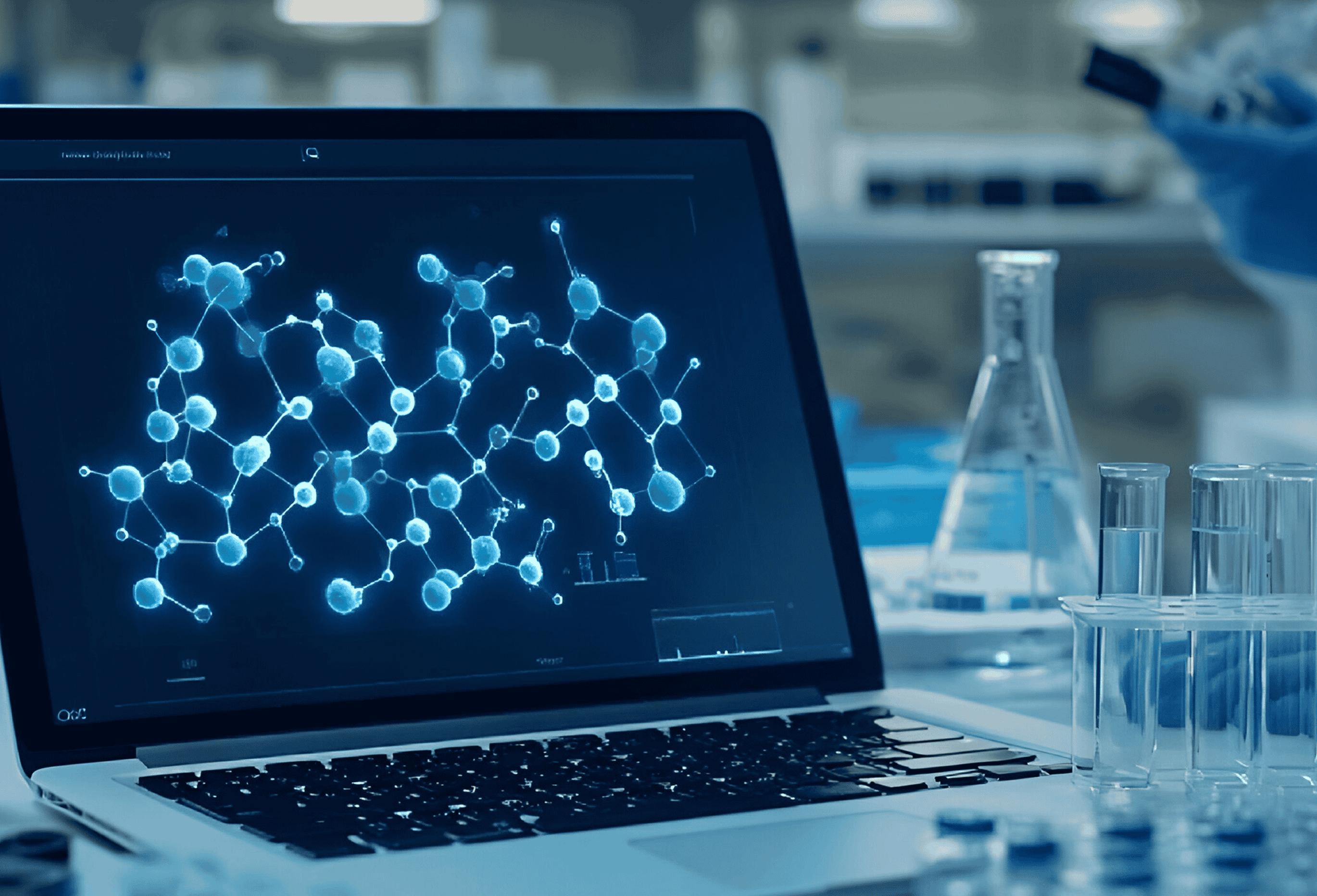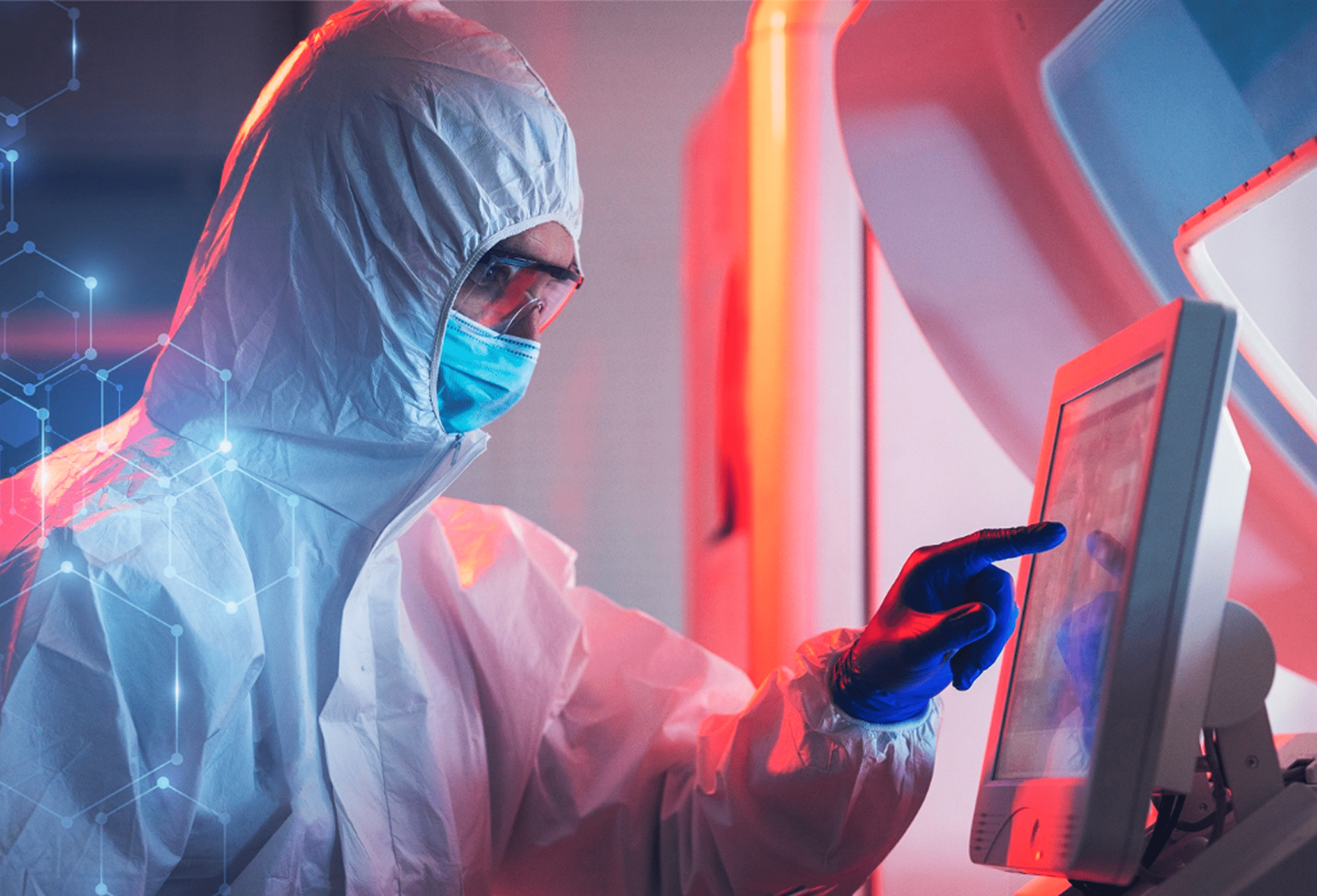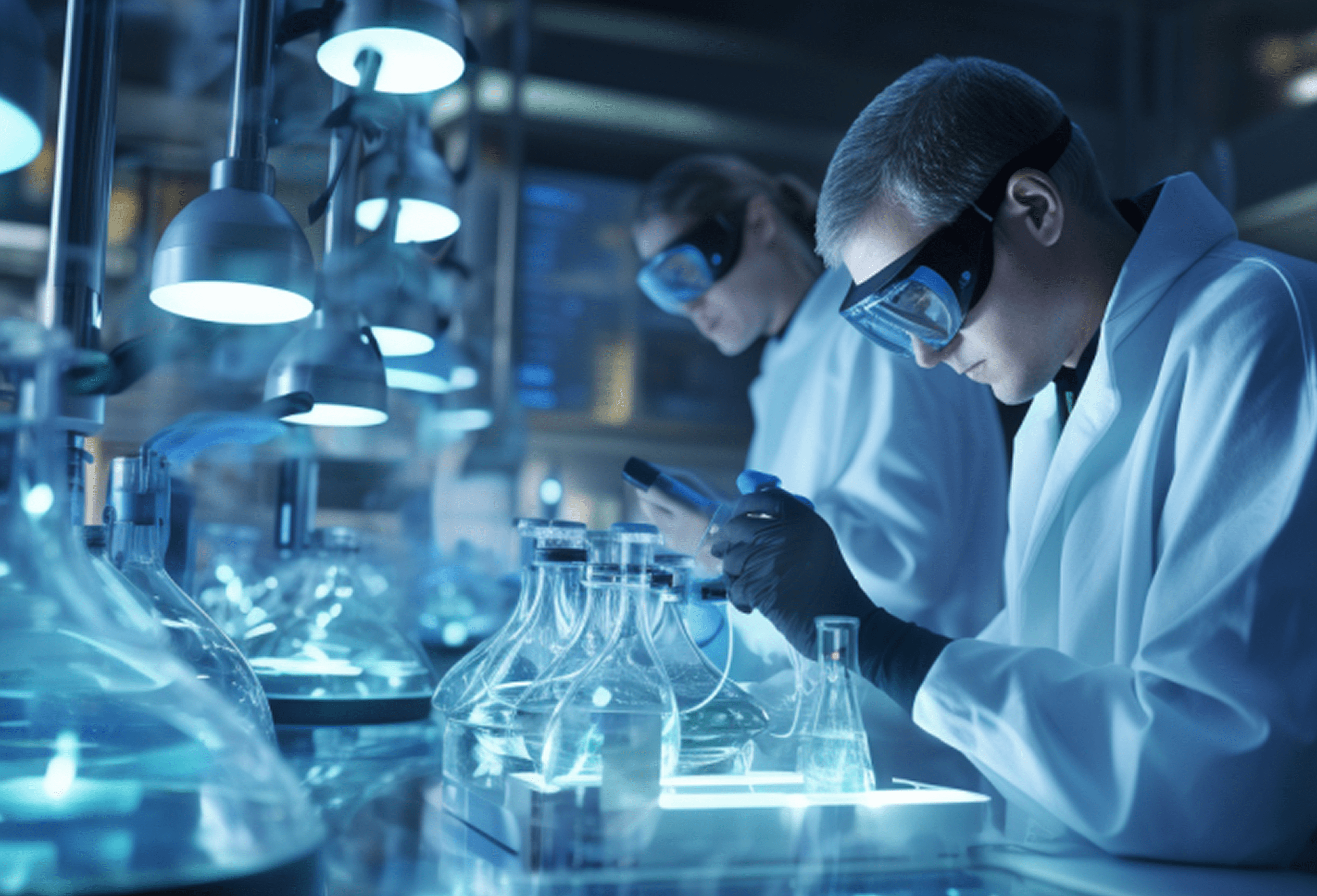
Scientists have spent a decade researching a cure for a rare disease. The lab conducted countless studies, faced difficult setbacks, and followed strict restrictions. However, as they examined the most recent clinical study data, their hearts sank. They had worked so hard to develop the medication, yet it had failed. Patients looking for this treatment would have to wait much longer. This is the reality of drug discovery: it is slow, costly, and fraught with setbacks.
Why Does Drug Discovery Take So Long?
It takes over $2.6 billion and 10 to 15 years to create a new drug. There are several critical phases in the long process, each with its problems:
- Finding the Right Target: Scientists first identify a biological target—a protein or gene linked to a disease. However, it may take years of study to prove that a target is safe and effective.
- Preclinical Testing: Researchers test medications on animals and in labs to ensure safety and effectiveness before human trials. However, most medications fail at this stage.
- Clinical Trials: If the drug has
passed the preclinical trial, it proceeds to clinical trials, which are
conducted in three phases:
- Phase 1 – Tests safety in a small group of people.
- Phase 2 – Studies how well the drug works and checks for side effects.
- Phase 3 – The medicine is tested on hundreds of patients to ensure its effectiveness.
- Regulatory Approval: Even after clinical trials, a drug has to be evaluated by regulatory bodies. These institutions carefully examine all evidence before authorizing a medicine, which might take years.
Why Drug Development is So Slow
- High Failure Rates: The majority of drugs fail before they ever see patients, wasting time and resources.
- Complex Biology: It is difficult to predict how the human body will react to a drug due to its complex anatomy.
- Strict Regulations: Patient safety is the highest priority, so approval procedures are lengthy.
How AI is Transforming Drug Discovery
Artificial Intelligence (AI) is revolutionizing drug development by making it faster, cheaper, and more efficient. AI helps scientists analyze massive amounts of data, predict the best drug candidates, and speed testing. Here’s how AI is making a difference at each stage:
1. AI for Target Identification
Traditionally, scientists have to study diseases manually to find biological targets. AI, however, can process billions of genetic and molecular data points much faster, identifying potential drug targets.
How AI helps: AI-powered tools analyze DNA sequences, protein structures, and cell interactions to find the best targets for drug development.
Example: AI has helped scientists discover new targets for Alzheimer’s and cancer treatments by analyzing patient genomes.
2. AI for Drug Design and Discovery
Finding the right drug molecule takes years of trial and error. AI speeds up this process by generating new drug Molecules in minutes.
- Machine learning models predict which chemical compounds interact best with a disease target.
- AI can design new molecules with the right properties for drug development.
- Before real experiments, AI simulations test how different molecules will behave in the body.
Example: AI discovered a new antibiotic called halicin, which was found effective against drug-resistant bacteria. This would have taken years with traditional methods, but AI identified it in days.
3. AI for Preclinical and Clinical Trials
One of the biggest challenges in drug development is predicting if a drug will work in humans. AI is helping make this process more accurate.
- AI models analyze past trial data to predict which drug candidates are more likely to succeed.
- AI helps identify the best patient groups for clinical trials, reducing the risk of failure.
- AI can monitor trial data in real time, allowing researchers to detect problems early.
Example: AI has been used to match cancer patients with the right experimental treatments, improving survival rates and trial efficiency.
4. AI for Drug Repurposing
Instead of creating new drugs from scratch, AI can analyze existing drugs to see if they can be repurposed for other diseases.
- AI scans medical databases and clinical records to find hidden links between drugs and diseases.
- AI simulations predict how an existing drug could work against a different condition.
Example: AI helped identify existing drugs that could be used for treating COVID-19, reducing research time from years to months.
Real Examples of AI in Drug Discovery
- New Antibiotics: AI discovered halicin, a powerful antibiotic against drug-resistant bacteria.
- Faster Cancer Research: AI helped identify potential cancer drugs in months instead of years.
- COVID-19 Treatments: AI identified existing drugs that could be repurposed to fight COVID-19.
The Future of AI in Medicine
AI is helping scientists bring new treatments to patients faster than ever before. However, there are still challenges:
- Data Quality: AI needs accurate and complete data to work well.
- Regulatory Approval: New rules are required to ensure AI-driven drugs are safe.
- Ethical Concerns: AI should be used responsibly to avoid bias and protect patient privacy.
Final Thoughts
This story highlights how slow and difficult drug discovery can be. However, the process is becoming faster, smarter, and more efficient with AI. AI is not replacing researchers; it is helping them make life-saving discoveries faster.
